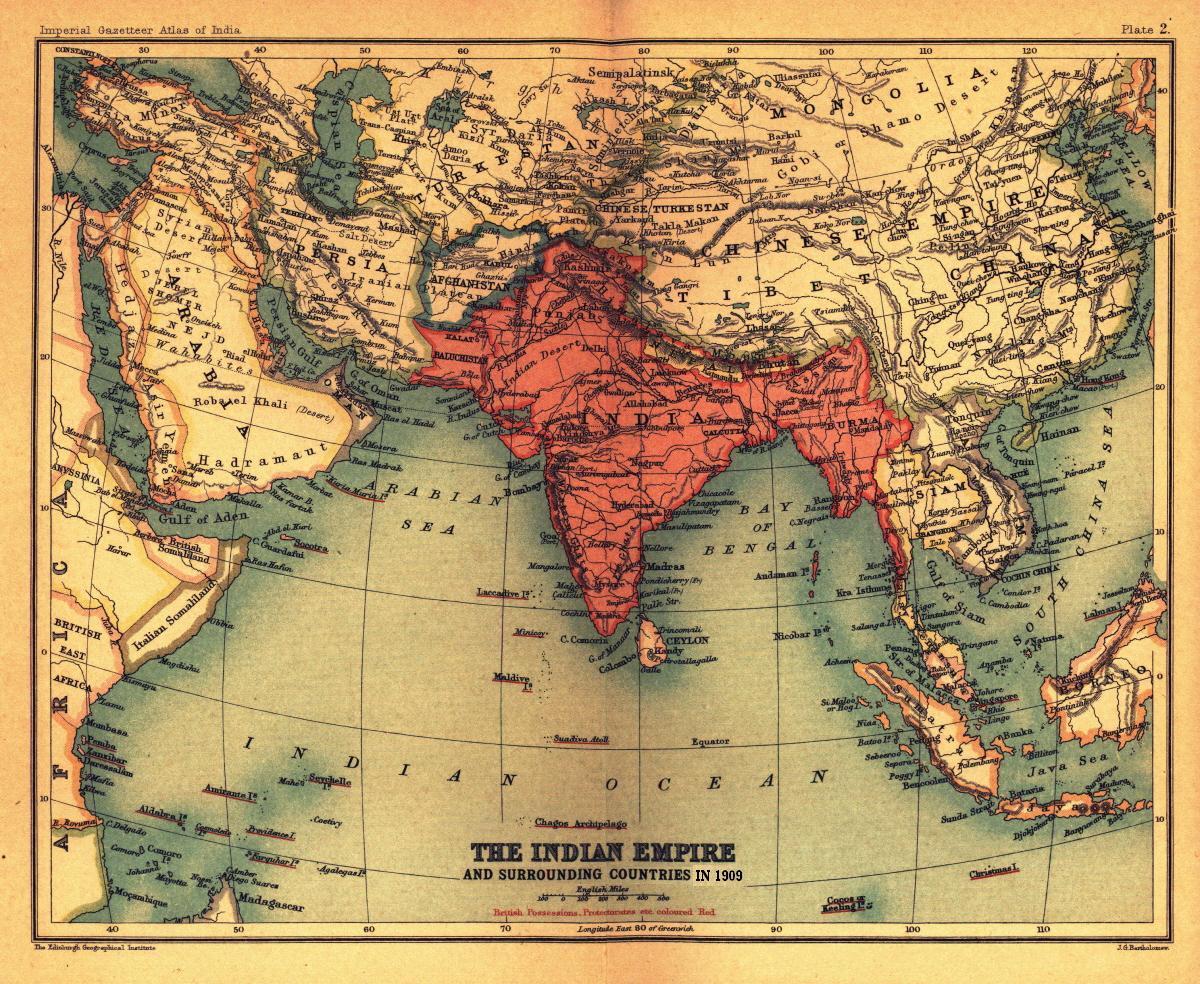In the first part of our three-part series, we discussed the unique challenges of innovating in India.
In this second part, we will explore how these challenges have their origins in India’s culture, history, and institutional structures.
Regulatory Challenges: A Legacy of Colonialism
India’s regulatory environment is a legacy of its colonial past, although it is in constant flux and evolution. This evolution can both be considered modernization and Indian-ization, but at least today, most of the structures still retain a strong resemblance to their colonial antecedents.
During the British colonial era, the government imposed a complex system of regulations designed to control and extract resources from the Indian economy. This system persisted even after independence and has created a bureaucratic and often opaque regulatory environment that can be challenging for entrepreneurs to navigate.
Said another way, India exists within a state of regulatory capture, where skills at navigating the system are often more valuable than other talents, thereby impeding innovation.
Funding Challenges: A Lack of Risk-Taking Culture
India’s funding challenges are rooted in several factors, including a historical aversion to risk-taking leading to capital lying dormant in low value creating government bonds, a higher inflation rate leading to higher required returns on capital, and an overall shortage of investable capital owing to India.
The first factor is cultural in origin. Because of a cultural aversion to risk-taking, many Indians of older generations put their savings into low-return, but safe, asset classes such as cash and government bonds. This meant that less risk-capital was available to fund growth.
The second factor, that of high inflation, was driven by a combination of poor monetary policy, difficult socio-economic circumstances that India’s government had to work to alleviate (such as subsistence poverty for hundreds of millions of people post independence) and a supply-demand imbalance created by the huge population rapidly advancing economically over the last 30 or so years. While inflation remains higher and more volatile than in the West, it has generally stabilized in a predictable 5-8% range.
The third factor, the shortage of excess investable capital, is driven largely by India’s historical status as a poor nation unable to produce sufficient goods and services for its own people. Investable capital is created when an economy produces more than it can consume. For India, net exports (a proxy for excess value creation) remained quite low (<5% of the GDP) from independence in 1947 to till about 1990. Since then, rapid internal development of the resources, agriculture and services sectors, have driven a boom in net exports, currently averaging ~20% of GDP. This has led to a boom in excess investable capital, which is seen both at a micro and macro level. At the micro level, consumer credit (credit cards, mortgages, auto loans, etc), which historically was non-existent, is now rapidly booming, as evidenced by the plethora of advertisements you will see anywhere in India’s major cities. At the macro level, financial institutions (banks, private equity firms, wealthy individuals, governments) are funding new and innovative ideas, projects and companies every day.
Talent Challenges: An Education System That Historically Favored Memorization
Although changing, India’s education system has been criticized for its historical emphasis on rote memorization rather than critical thinking and problem-solving skills.
This has, in some areas, created a skills gap in certain industries, such as tech, where innovation depends on the ability to think creatively and outside the box.
Additionally, the limited availability of technical and vocational education can create a shortage of skilled workers in certain sectors. This latter point though is being rapidly remedied through freely available online education, which enables people to teach themselves ranging from computer science to marketing.
Infrastructure Challenges: Underinvestment
India’s infrastructure challenges have their roots in a legacy of underinvestment. For decades, the government prioritized social welfare programs over infrastructure development, which has led to a lack of investment in critical areas such as power generation, transportation, and logistics.
Now this is not to say that the Indian government made an incorrect decision in prioritizing social programs. For a new democratic country with nearly a billion people to support, India’s government faced dramatically different challenges than western governments did in the back half of the 20th century. Some of those challenges meant investing less in infrastructure, in order to prioritize providing other critical services to citizens (e.g., some basic foodstuffs such as sugar were unavailable for parts of the country in the 20th century).
Additionally, even when the investment capital is available, bureaucratic inefficiencies and corruption can sometimes delay infrastructure projects, making it difficult for businesses to operate efficiently.
Cultural Challenges: A Deeply Hierarchical Society
India’s hierarchical social structure can be a challenge for innovators who need to challenge the status quo and disrupt established power structures. India’s caste system, while officially abolished, still has a significant impact on social and economic opportunities. Additionally, the traditional Indian emphasis on respect for authority and elders can make it difficult for younger entrepreneurs to assert themselves and challenge established norms.
A fun example of this was the 2009 Bollywood film Rocket Singh: Salesman of the year, which depicted the challenges a young computer salesman faces when his innovative customer-centric sales approach is obstructed by his manager who mandates a calling script. He begins running a side business – secretly out of his boss’ office – that eventually outcompetes his boss because of his superior sales approach.
Conclusion
In conclusion, India’s unique challenges in innovation are deeply rooted in its culture, history, and institutional structures. While these challenges can make it difficult for entrepreneurs and innovators to succeed, they also present an opportunity for creative solutions and innovation.
In the final part of our series, we will explore how to overcome these challenges and foster a more innovative ecosystem in India.
Most Recent Posts
Explore the latest innovation insights and trends with our recent blog posts.













